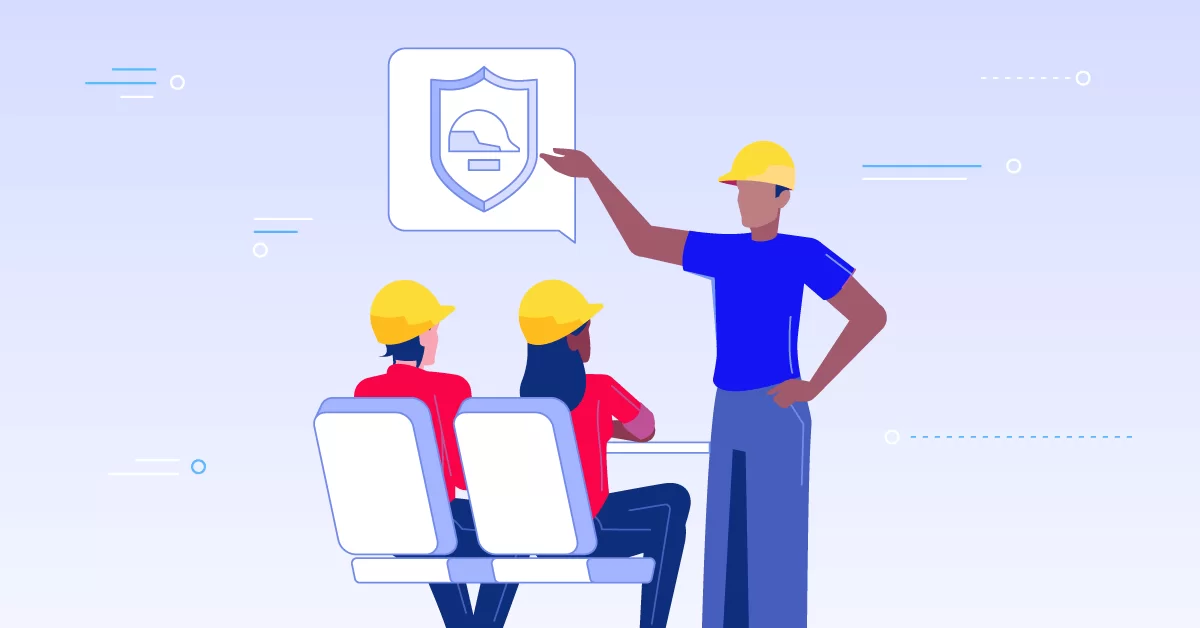 The LMS is 20+ years old. It is time to re-evaluate it, get back to its roots and see things from a new perspective. Technology shifting towards the Cloud, Mobile and the Lean approach to software development are key factors in building the new LMS. We envision it as a tool that emphasizes results over functionality.
The LMS is 20+ years old. It is time to re-evaluate it, get back to its roots and see things from a new perspective. Technology shifting towards the Cloud, Mobile and the Lean approach to software development are key factors in building the new LMS. We envision it as a tool that emphasizes results over functionality.
This process will not be an easy one and the new LMS, unavoidably, cannot be a perfect fit for everyone. But is better to start making a few people very happy than keep a lot of people somewhat happy.
Getting LEAN
Our LMSs are FAT. We, the technology providers, have driven buyers to choose based on functionality matrixes rather than core needs. And the typical result is the creation of bloated, forgettable software dripping with mediocrity – software that is rarely used.
This needs to change. We need a mind shift regarding how to build and select an LMS. We need to make the LMS lean. We need to be smart and practical in what to keep and what to remove. We need to concentrate on not getting in the learner’s way. We need to concentrate and improve on the real value that LMSs bring to the world.
Should really be called a TMS (Training Management System)
The LMS is efficient at accomplishing the specific tasks for which it was designed – target, train and track. LMSs are good for training, not learning.
Training is something that is ‘pushed’ to the user in a uniform fashion. Learning is user-generated – finding and using the content that meets an individual’s unique needs. This is much more difficult to achieve.
What an LMS can and should do is to offer opportunities for learning to happen. At a bare minimum it should not prohibit learning from happening. Over-complex UIs, speed and technical problems, too much noise from rarely used functions, overuse of content or neglecting the aesthetic integrity of the training environment are factors that reduce the learning attributes of the course – currently LMSs suffer from most of these factors. We need to seriously improve on that front and make technology transparent.
Social Tool, Talent Management, Succession Planning
In essence an LMS should be none of the factors just mentioned. By having a clear vision of what we need to achieve one can decide where to stop. It is an LMS and not a Facebook or ERP replacement. By adding more elements to an already complex product we only make it harder to use. We need to refocus our efforts on what an LMS is and what brings real, measurable value to the end-user.
To use social elements to improve learning is indeed a valid assumption; but extensive usage can create a very distracting environment. The rule of thumb should be ‘use less rather than more’ – use only what is needed in order not to distract the person from a target goal. If possible use social elements in a way that guides the user towards a goal. Otherwise, we turn the LMS into an informal learning or collaboration tool which renders it as, well… something else.
Can we learn in a linear, formal fashion? We certainly can be trained in a broad number of things in a linear fashion. These are the things that an LMS can help with right now. We should stop trying to use it to teach something that, no matter what the tool, we really don’t know how it can be taught and learned – at least for the moment.
What one can do is offer more opportunities for learning to happen. Minimize course size (such as the 15 minute per speaker format that TED videos are using). Allow the end-user to decide what to learn. Boost the learning attributes of the content with simple questions, puzzles or tests and consider the aesthetic integrity of the presentation. This might seem a minimalistic approach but one must return to the core of our offering and reposition the LMS as something useful; something that the “average Joe” can understand. Let’s learn something from the Lean approach that has taken the world of software development by storm. If the LMS is here for the long run we need to introduce it to smaller organizations as well. And this can be achieved only by making it a simpler and more straightforward experience.
How to write vigorous software
Vigorous writing is concise. A sentence should contain no unnecessary words, a paragraph no unnecessary sentences, for the same reason that a drawing should have no unnecessary lines and a machine no unnecessary parts. This requires not that the writer make all sentences short or avoid all detail and treat subjects only in outline, but that every word tell.
—From “The Elements of Style” by William Strunk Jr.
Shaping the path for the future
LMS is a word that has been over-used in many ways. LMS vendors all use similar words to describe what they offer, and usually they offer a lot. And with over 200 vendors one would expect that the problem is solved and the LMS has become mainstream. But in reality, the end-user is more dissatisfied with LMSs than ever before. And as requirements change and younger people join the workforce the traditional LMS will be seen as a burden as time passes.
I saw a few months ago an intriguing advertisement about Internet Explorer 9 (IE9). The campaign openly acknowledged the stereotypes against Internet Explorer and its former flaws, and uses humorous infographics and a witty video to dispel the distaste users had for the browser while promoting its new features. It used the slogans “Comebacks come in many shapes and sizes” and “The browser you loved to hate”[1].
The LMS needs a comeback, in radically different shapes and sizes. And hopefully will do so better than IE9 did.


